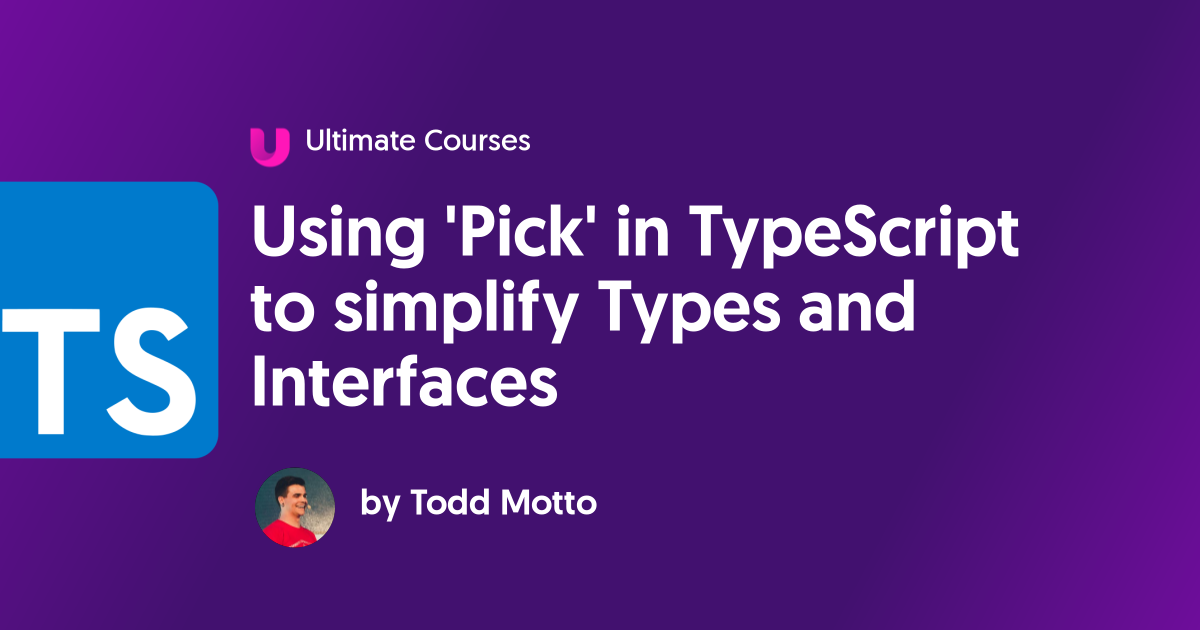

Unknown is like any, but type safer: anything can be assigned to unknown, since unknown has no known constraints (like any).īut unknown can't be assigned to anything but another unknown or any without explicit type-safety checks / casts. For simplicity, you can think of them as follows. If you are interested in the theory behind them, We will also use another special type of never.
#TYPESCRIPT MAPPED TYPES CODE#
In the code above, you may have noticed a special type unknown. this is the 'catch-all' value, but we could go on TType extends (.args: unknown) => number ? undefined : remove numbers and functions that return numbers System powerful to the point of Turing completeness. : TType extends numberĪs you remember from the previous article, conditional types, among other things, make TS type advanced - conditional map numbers to undefined

most often used, maintain type from TType simple - for each key, return its name as string literal type : /*in here you have access to 'key', TType,Īnd any other type from lexical scope */ In the type part, you can use conditional types once again and this time you are not limited to a string literal union. For Mapped Types, having aįinite set allows the compiler to process each key during compilation to determine its corresponding type. Very broad possibility to a very narrow one is good for compiler, especially going from infinite toįinite – the fewer cases we have, the better it can reason about each case. 'any string' to a finite set of string literals, aka Important part is that we have limited the set of all possible keys from an infinite set of use keys, if object, otherwise just one key 'a'

Let's see, what is possible with the expression inside the square brackets. To a String literal union */ ] : /*expression to get [key in /*expression to get a set of keys With provided code and verify your understanding as you go. Here and below, I urge to use Typescript playground to experiment Of them can be a lot more complex, including Conditional types. īut that is just a very simplistic case, where we use constants for both “'a' | 'b'” and “number”. property with type number”, equivalent toĬompared to our `Dict` type, the only thing that changed visually is goring from to. Above reads as “for each key in set of, create a Lets looks a very simplistic Mapped type. Nevertheless, remember, that a is equivalent to a or a. Internally, though, they are always strings and we can only choose 'number'Īs type here because of the ubiquity of this case in JS. They can only be of type string or number in Typescript. To 'every possible string that can be parsed to a valid number'. You could make the type of prop generic and you could limit the set of possible keys from 'every possible string' There is not much more you can do with this form. This simplistic definition tells TS compiler that our type can have any keys, so long as each key is a string,Īnd values contained in those keys will be of type number.

It is likely you had to define an Index type, commonly referred to as dictionary type at-least a few times. The previous one from the TS types series. In order to understand syntax presented in this article, it is a good idea to make sure you understand Lets explore the practical application and peek into still more fantastic possibilities. to enforce method usage in part of code, while having relaxed rules elsewhere A way to prohibit access to anything that is not a function, ? key // notice, use of key instead of TType A way to get keoyf only for certain types of keys to properties which are objects, instead of just first level
#TYPESCRIPT MAPPED TYPES FULL#
Even fewer still realize the full extent of their power in types like the following: Sadly, while many people are using predefined Mapped Types, few have adapted writing their own to utilize If you keep track of TypeScript innovations, you've probably used a Mapped Type like Partial,Īnd maybe even pressed “Go to definition” to see, how it is defined under the hood.
#TYPESCRIPT MAPPED TYPES SOFTWARE#
Ivan Koshelev blog on software development Pragmatic uses of Typescript type system 02 Mapped types Typescript, types, type mapping Pragmatic uses of Typescript type system 02 - Mapped types - Compiling enterprise Recent articles About Compiling enterprise


 0 kommentar(er)
0 kommentar(er)
